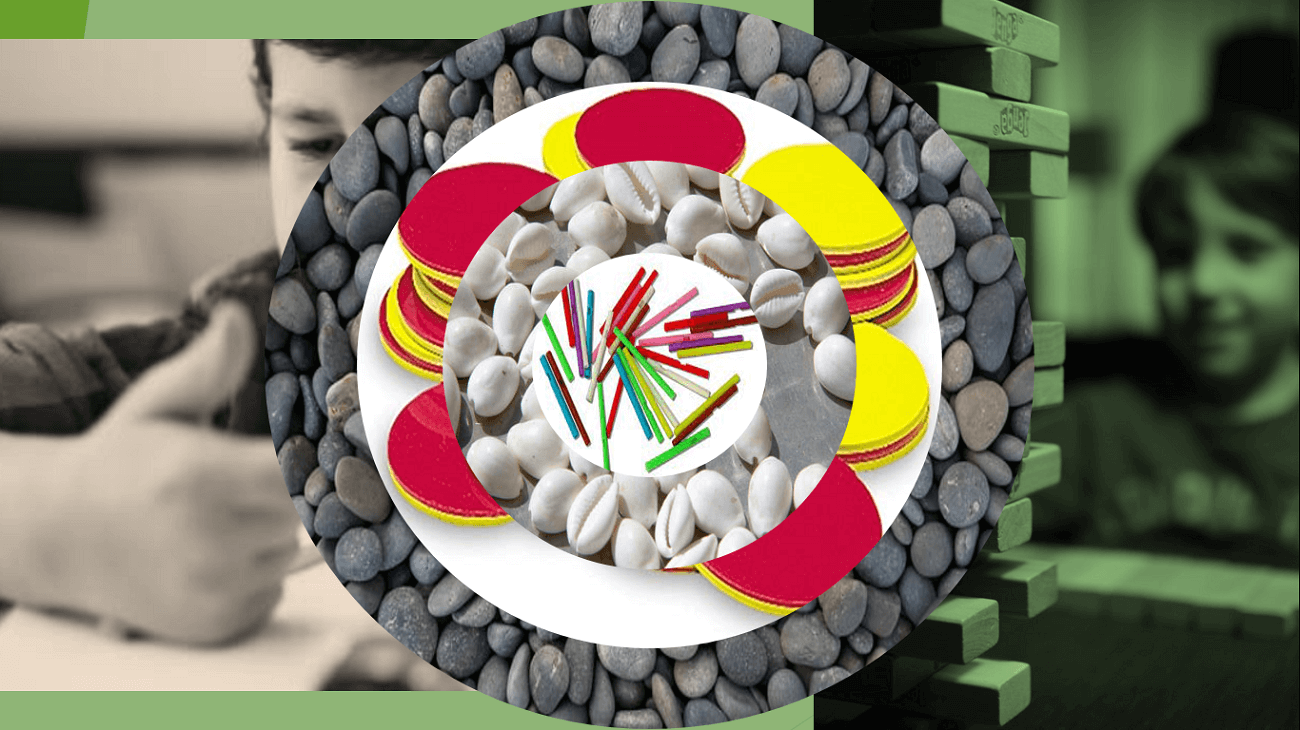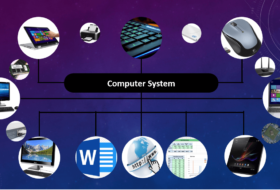Early counting devices were objects used before modern civilization to perform arithmetic operations such as additions, subtractions, multiplications, and divisions.
Before modern civilization, people invented counting devices that helped them perform simple calculations. Most of these ancient counting devices are still in use today.
The old counting devices are especially used in nursery schools and kindergarten to teach children how to count numbers. Though these early counting devices are useful, they have their disadvantages.
In this brief article, we shall discuss the following:
- What are early counting devices
- Examples of early counting devices
- Problems and benefits of early counting devices
This article is suitable for junior school students and novices who are studying computer studies in secondary schools.

Table of Contents
What are the Early Counting Devices?
Early counting devices could be defined as devices used to perform arithmetic operations before the advent of modern civilization.
People learned how to count and perform arithmetic operations well back in the Stone Age. During this period, there were no complex commercial activities. People would add, subtract, multiply, and divide simple numbers. Hence, numerical operations were not as complex as it is today.
As a result, very simple devices were used in performing these simple arithmetic operations. Some of the devices used to perform arithmetic operations in those days coincide with what our children use today.
In our homes and schools, our children are taught basic arithmetic operations using these old counting devices. However, some of them have been modernized to suit the present-day educational system.
Examples of early counting devices
Seven (7) examples of early counting devices include:
- Fingers: Fingers as a counting device are as old as man. We have 5 fingers on each hand, and these fingers can be used to make quick additions. This is the earliest and easiest counting device used by man to date. Its limitation is that there is a total of 10 fingers, hence counting cannot exceed ten without causing confusion. Though adults can count up to 20 numbers.
- Cowries: Cowries were used as currency in the early days. It became an important tool for counting numbers and performing simple arithmetic. Though they are not easily seen today, their usefulness in the early days cannot be overemphasized.
- Wooden sticks: These are small local sticks that serve as counting objects. In our early years in primary school, we cut sticks that helped us perform addition and subtraction. This has been replaced with notch sticks.
- Pebble/ stones: Pebble or small stones served as counting devices in the early years. These are small and smooth stones that can be used to perform basic addition and subtraction. Though they are heavy to carry, children in villages still use them today.
- Counters: Before the invention of counters, bottled drink covers were used as counters. Counters are flat plastics of different colors that aid in addition and subtraction. They are usually of two colors so one can easily differentiate between the two numbers being added.
- Notch sticks: A notched stick is a replacement for wooden sticks. They are colorful and fanciful short sticks used to aid counting.
- Counting boxes: Counting boxes are mostly used in businesses. Each box is appropriately labeled to aid in counting and taking useful records.
As you can see, fingers, counters, notch sticks, and counting boxes are still in use.
Problems or disadvantages of early counting devices
What are the possible problems, limitations, or disadvantages of early counting devices? the following are seven (7) problems and disadvantages of early counting devices.
- They cannot be used to count large numbers. Think of using a pebble stone to perform the following addition: [2500 + 3765]. You may run out of stock. Modern counting sticks and boxes are limited to a certain number.
- They are bulky. You may not be able to carry them from one place to another. Consider a situation where you need to carry 10000 pebble stones because of a business transaction. It is awkward. Even in our modern education system where sticks and boxes are used, students do not carry them up and down. They are kept in classes or stored for the students to use when they come to school.
- Using them consumes a lot of time. Let us assume that you need to add up the following two numbers [379 + 578]. How long do you think it will take you to count each number before joining them together? 10mins, 15mins, or 20mins? Do the same with a calculator. Can you see how terrible these devices can be in consuming your time?
- As a follow-up to the above, it is prone to errors. If you can use it to count large numbers, how sure are you that what you get is what it is? Imagine when you are counting up to 200 pebble stones, it is easy for you to make mistakes when distracted. Hence, it might not give us accurate results.
- They are limited in scope and cannot go beyond certain numbers. As have explained above, there is a limited number of such devices you can carry at a point in time.
- Some of the old counting devices can turn out to be a weapon that will harm the children using them. Consider the stones and pebble sticks, children may use them to play and end up harming themselves. When such happens, what should have been useful becomes injurious to our children.
- Finally, they are not suitable for carrying out arithmetic operations. This is because they are very slow to use when performing operations such as additions, etc.
Advantages or Benefits of early counting devices
Despite the numerous disadvantages, early counting devices have their benefits. Some of the benefits are discussed below.
- They can be used to teach basic arithmetic operations such as addition and subtractions
- They are simple to use, hence suitable for teaching children in their early years of education
- They help build up children’s intelligence quotient and memory retention capacity. Unlike the modern counting devices that store everything electronically, the ability of a child to master basic additions helps him/ her throughout life. This means that he/she can comfortably work in the absence of electronic devices.
- They are means of introducing a practical learning system in the education system. Learning by doing helps understanding and retention.
- They lead to deep concentration which helps in developing a child’s mental calculation abilities.
Conclusion
It can be said that the early counting devices have not gone into complete extinction. Though there are hundreds of electronic counting devices on the market today, old counting devices are still useful.
In modern civilization, some of the devices have been transformed into counters, notch sticks, and boxes. These devices help our children to easily perform simple arithmetic operations.
For example, it is easy for children to perform additions and subtractions by moving sticks or counters. Despite their usefulness in today’s child education, early counting devices have their disadvantages.




